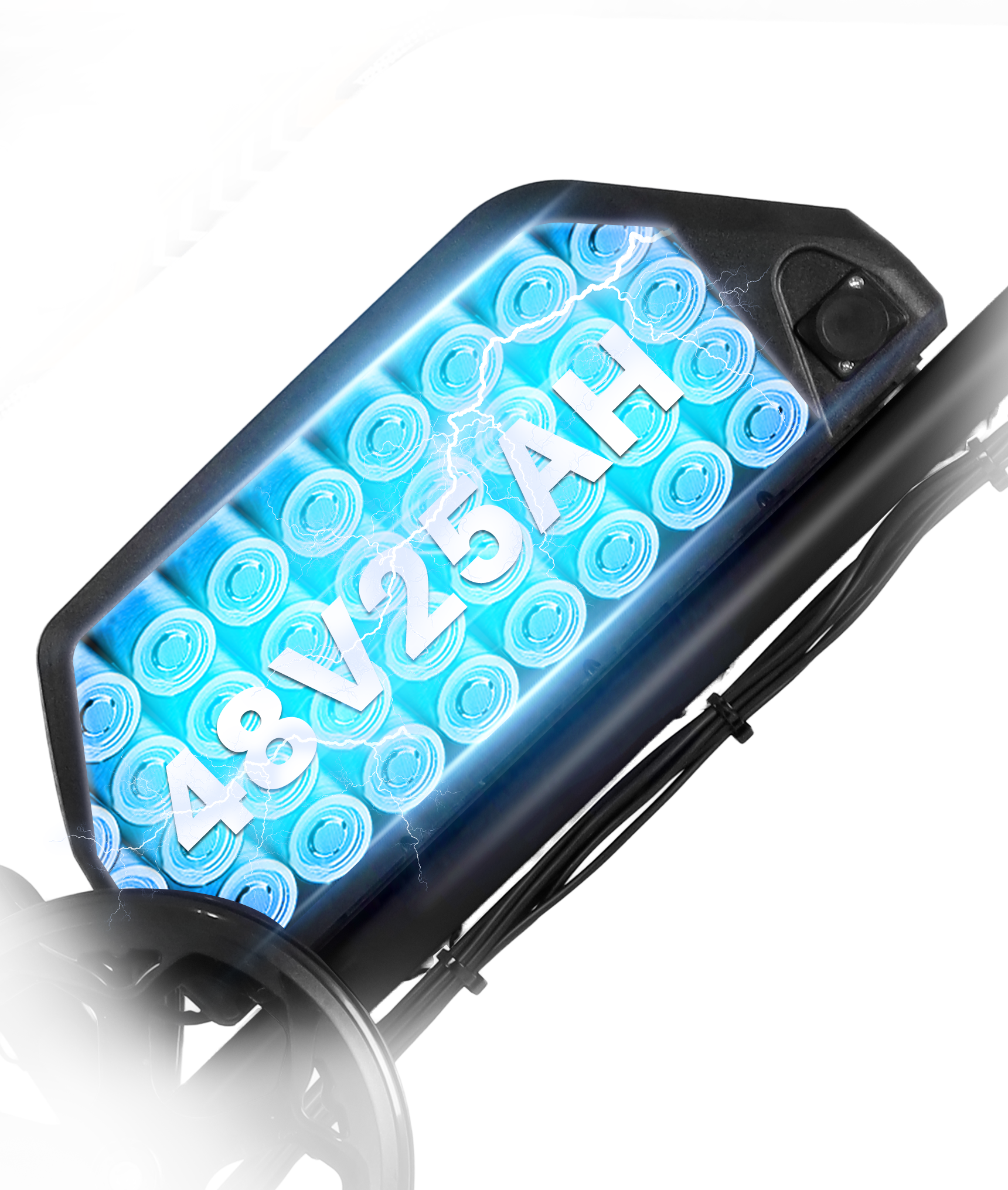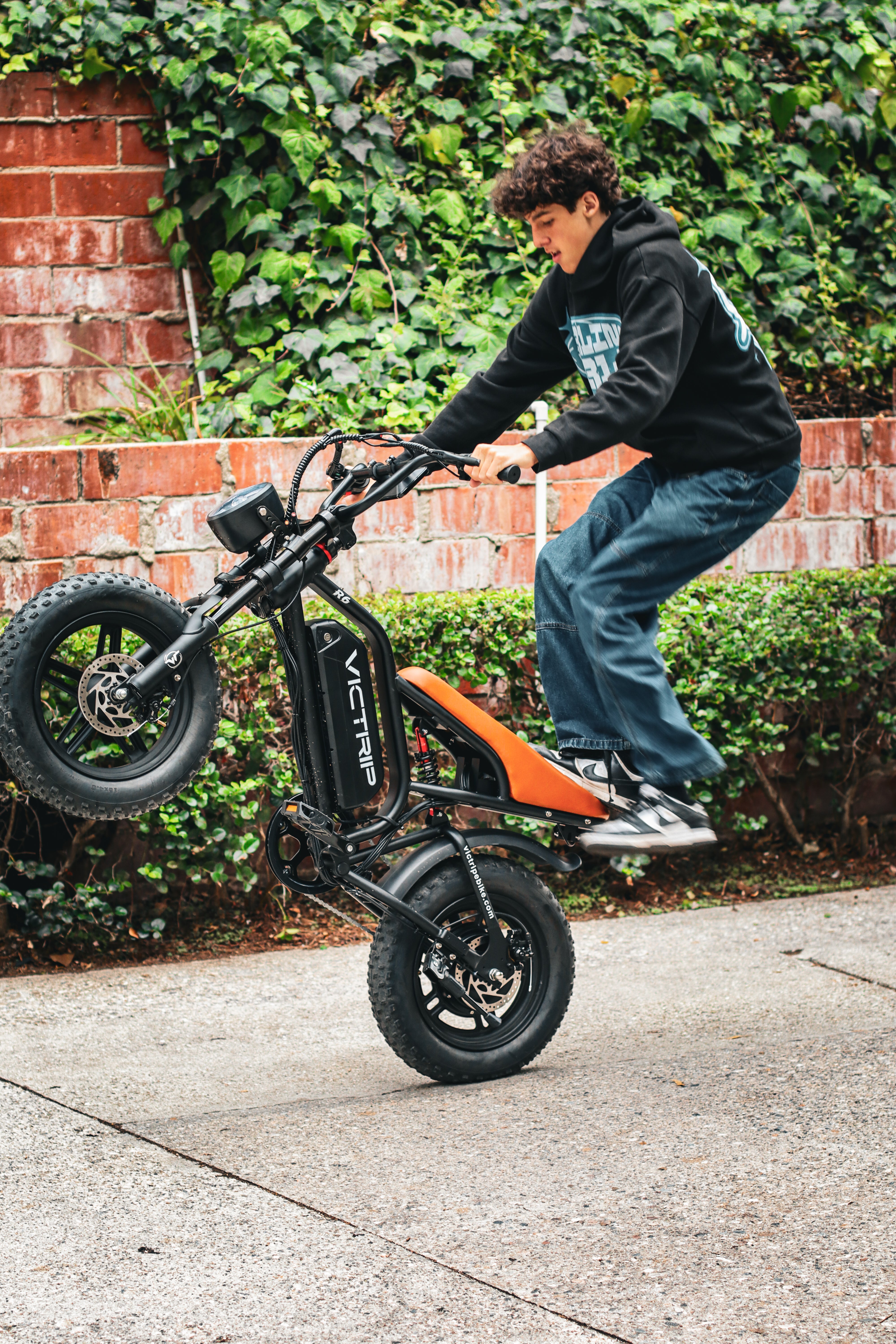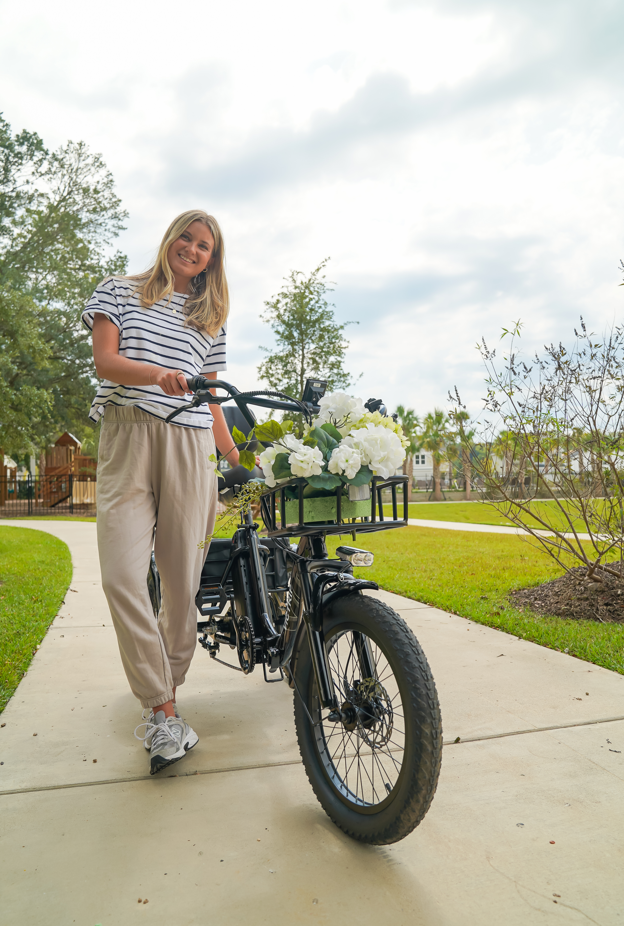Electric trikes are reshaping how people with mobility issues move through daily life. This article explains how electric trikes empower people with mobility issues by restoring independence, improving health outcomes, and fostering social inclusion. We’ll examine seven concrete ways these vehicles help, review design and tech features that matter, outline buying and maintenance guidance, present case snapshots, and answer the most common questions.
Why Mobility Matters
Mobility is a cornerstone of daily autonomy. When people can move safely and independently, they access healthcare, work, social networks, and services — which directly affects mental health and economic participation. Mobility limitations increase isolation, risk of depressive symptoms, and dependence on caregivers. Electric trikes address many of these challenges by offering an assistive mobility solution that sits between a manual wheelchair and an automobile: more independence than a walker, more practicality than a scooter in some contexts, and usually less complexity than a car.
Mobility isn’t only personal: it’s societal. Accessible transportation reduces healthcare costs, lowers caregiver burden, and increases workforce participation. Cities that include accessible micro-mobility options help residents remain engaged longer, which benefits everyone.
How Electric Trikes Empower People with Mobility Issues
Below are seven transformative ways electric trikes empower people with mobility issues — each described with practical examples and evidence-based considerations.
1. Restored Independence and Daily Autonomy
Electric trikes give people back the ability to make spontaneous choices — to run errands, visit friends, or attend appointments without relying on others. Unlike many mobility aids that require assistance (folded manual wheelchairs, lifts, or taxis), trikes often let users travel door-to-door on their own.
Practical aspects:
-
Simple controls (twist throttle, ergonomic levers) reduce the cognitive load of operating the vehicle.
-
Low-step frames and swivel seats ease transfers for people with limited leg strength.
-
Cargo capacity (rear baskets or panniers) supports shopping and daily tasks.

One excellent example of this is the VICTRIP T1 Folding Electric Tricycle, a robust electric trike designed with both stability and comfort in mind. Its ergonomic seating and adjustable battery options make it ideal for people looking to regain independence and travel safely around their community.
User story (anonymized): A retired teacher with limited hip mobility uses an electric trike to get to the pharmacy and community center twice a week — activities they’d stopped doing when reliant on rides.
2. Improved Physical and Mental Well-Being
While trikes are motorized, they still encourage activity: many riders transfer, lock and unlock, load cargo, and steer. This can help preserve core strength and joint mobility. Importantly, increased autonomy tends to boost mental health — reducing feelings of dependence, anxiety about travel, and social isolation.
Health benefits include:
-
Better access to routine care and therapy sessions.
-
Increased participation in community exercise classes or social outings.
-
Lower stress and improved mood from regained independence.
Clinicians often note that restored mobility correlates with better medication adherence and fewer missed appointments.
Read More: 8 Health Benefits of Riding an Electric Tricycle.
3. Safer Transport and Reduced Fall Risk
Three-wheeled configurations provide inherent stability. For people with balance disorders, electric trikes are safer than two-wheeled e-bikes or bicycles. Features that increase safety include low centers of gravity, anti-tip designs, reliable braking systems, and lighting for low-visibility travel.
Safety checklist:
-
Sturdy frame with a wide wheelbase.
-
Regenerative or hydraulic brakes that offer predictable stopping.
-
Integrated lighting and reflectors for night visibility.
-
Optional seat belts or harnesses where suitable.
These elements reduce fall risk and the trauma associated with unstable transportation modes.
4. Cost-Effective Mobility Solutions
Compared to adapted vans, home modifications, or frequent rideshares, electric trikes can be a cost-effective option. Upfront costs vary, but lifecycle costs (maintenance, charging) are typically far lower than car ownership or ongoing paid transport.
Economic considerations:
-
Lower fuel/energy costs — charging at home is usually inexpensive.
-
Reduced medical costs from fewer falls and better access to preventive care.
-
Potential subsidies, grants, or insurance reimbursements in some jurisdictions.
A properly chosen trike often pays back its cost indirectly through health and independence gains.
5. Social Inclusion and Community Access
Being able to attend events, meet friends, and participate in local life strengthens social networks. Electric trikes expand radius-of-activity beyond what’s comfortable on foot or with a cane, enabling people to take part in community life on their own schedule.
Community benefits:
-
Increased attendance at local clubs and religious gatherings.
-
Easier volunteer participation.
-
Greater access to education and employment opportunities.
Social reintegration reduces caregiver strain and improves societal cohesion.

6. Customizability and Adaptive Features
Electric trikes are highly adaptable. From adjustable seating angles to hand controls, lifts, and swap-in battery packs, manufacturers and mobility specialists can tailor solutions for individual needs.
Common adaptive options:
-
Hand-operated throttles and brakes for limited lower-limb function.
-
Swivel seats and modular seating systems.
-
Adjustable tillers and footrests for comfort and ergonomics.
-
Specialized controls for users with limited hand dexterity.
Adaptive features ensure that the vehicle is matched to the user — not the other way around.
7. Environmental and Urban Benefits
Compared with cars, electric trikes have a smaller carbon footprint, reduce congestion, and take up less public space. For cities, supporting trike use can mean fewer parking demands and better use of curb space for everyone.
Ecological advantages:
-
Lower per-mile emissions (electric charging vs. gasoline).
-
Reduced wear on roads compared with heavier vehicles.
-
Opportunity to design more inclusive pedestrian and micro-mobility lanes.
Cities that plan for diverse mobility options build more resilient transport ecosystems.
Design & Technology Features That Matter
Choosing the right electric trike starts with understanding the features that make a difference in safety, comfort, and usability.
Frame, Stability & Ergonomics
A trike’s frame determines comfort and stability. Look for:
-
Low-step or step-through frames for easier transfers.
-
Wide wheelbase and low center of gravity for anti-tip stability.
-
Adjustable seat height and tilt to match user posture.
Ergonomic considerations reduce strain during longer rides and improve posture, which matters for people with spinal, hip, or core weakness.
Battery, Range & Charging
Battery choice affects daily usability:
-
Range: Typical trikes may offer 20–50 miles depending on battery size and assist level.
-
Removable batteries make home charging convenient.
-
Fast charging and battery monitoring can reduce downtime.
Practical tip: estimate daily miles and add a 30–40% buffer to choose battery capacity that covers real-life variability.
TOP PICK

VICTRIP® T1 Foldable Electric Tricycle
$1,299.00
Control Systems & Safety Tech
Controls should be intuitive:
-
Throttle and pedal-assist modes let riders choose exertion.
-
Digital displays provide speed, range, and battery status.
-
Braking systems with redundancy reduce accident risk.
-
Turn signals and mirrors add visibility in mixed-traffic contexts.
Advanced safety features like automatic lights or collision-warning systems are emerging in higher-end models.
Accessories & Adaptive Options
Accessories improve participation:
-
Weather enclosures for cold or rainy climates.
-
Cargo solutions (baskets, panniers) for daily running.
-
Transfer aids or lifts for vehicle storage.
-
Custom seating for postural support.
Consult an occupational therapist for exact adaptive needs.
Integration with Healthcare, Policy & Community
Electric trikes are most effective when embedded in a network of clinical advice, funding pathways, and accessible infrastructure.
Clinical assessments & prescribing
Occupational therapists and mobility specialists assess a person’s functional needs and recommend features. A clinical prescription can:
-
Ensure correct fit and safety.
-
Help secure funding or insurance support.
-
Provide training and follow-up.
Read More: Does Medicaid Pay for Mobility Tricycles?
Funding, insurance and subsidies
Many local governments and non-profits offer subsidies for mobility aids. Explore:
-
Disability grants and aid programs.
-
Charitable organizations focused on mobility.
-
Insurance options — sometimes available under durable medical equipment.
Documentation from a clinician often helps in securing financial support.
Urban planning & accessible infrastructure
Accessible infrastructure — ramps, curb cuts, safe crossings — multiplies the benefit of individual mobility devices. Advocacy for inclusive micro-mobility lanes, secure parking, and charger access is crucial.
Urban planners and disability advocates should work together to ensure trikes are supported in public spaces.

Practical Buying and Use Guide
Choosing the right electric trike
Checklist:
-
Match frame and seat to transfer needs.
-
Choose battery range that exceeds daily needs.
-
Prioritize braking and stability features.
-
Consider after-sales service and local dealer support.
Try before you buy: short test rides reveal comfort and control issues.
Trialing, training & local services
Training with a mobility specialist reduces risk. Community centers often run trial programs; local vendors may offer demo days. Ask about:
-
On-road training sessions.
-
Access to repair services and spare parts.
Maintenance, safety checks & battery care
Routine care extends lifespan:
-
Regular tyre checks and brake inspections.
-
Battery care: avoid full deep discharges and extreme temperatures.
-
Scheduled professional servicing.
A simple maintenance log helps users and caregivers track service intervals.
Case Studies and Real-World Snapshots
-
Margaret, 72 — Restored errands: After hip surgery, Margaret used an electric trike to resume weekly grocery trips, cutting reliance on family and improving her mood and diet quality.
-
Leo, 45 — Workplace access: Leo, who has a balance disorder, uses a covered trike to commute to a nearby job — keeping employment feasible without expensive adaptations.
-
Community program: A local senior center introduced a trike-lending scheme; participation in social activities rose by over 30% in the pilot six months.
Conclusion
Electric trikes represent a practical, empowering mobility option for many people with mobility issues. They restore independence, improve health outcomes, lower certain costs, and foster social inclusion. The right trike depends on the individual — their daily distances, transfer needs, and local environment — but with clinical guidance, assistive customization, and sensible infrastructure, electric trikes can transform lives.
If you or someone you support is exploring options, start with a clinical mobility assessment, seek trial rides, and investigate local funding or community programs. Small steps — like a test-ride and a battery consultation — can lead to big gains in independence.
FAQs
Are electric trikes suitable for people with severe mobility impairment?
It depends on the individual’s specific needs. Many people with significant limitations benefit from trikes when paired with appropriate adaptive seating, hand controls, or caregiver-assist options. A clinical assessment is recommended.
Can I get financial help to buy an electric trike?
Possibly. Funding sources include disability grants, local social services, charitable organizations, and sometimes insurance. A clinician’s recommendation often helps with eligibility.
Are electric trikes legal on sidewalks and bike lanes?
Rules vary by jurisdiction. In many places trikes are allowed on bike lanes but restricted on sidewalks. Check local regulations and prefer protected bike lanes where available.
How much maintenance does a trike require?
Regular tyre pressure checks, brake inspections, and battery care are essential. Annual professional servicing is recommended. Maintenance is generally lower than for cars.




Share:
Top 10 eBikes for Commuters in 2025
How to Choose Between Single-Wheel and Dual-Wheel Ebike Trailers